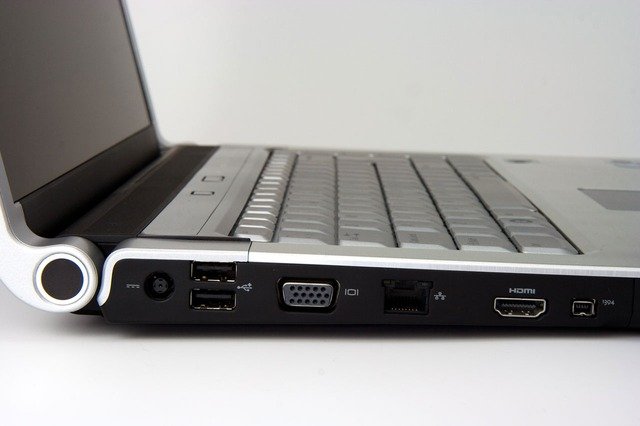The HDMI cable allows you to connect your Windows laptop to a TV. This enables users to view content on the TV from their computer screens.
Although the connection between a TV and a computer is often straightforward, you may often have trouble with the display size. The pictures on the TV can be blurred or smaller than you like.
It would be best to search your TV’s native resolutions to change the HDMI screen size on the TV. If you purchased the TV yourself, you should be aware of the resolution that it came with.
What is an HDMI?
HDMI (High Definition Multimedia Interface) is the most widely used HD signal for transmitting high definition video and audio through a single cable.
HDMI has become the predominant form of connection in home theatre, including HDTVs, home theater receivers, blu-ray disk players, media players in the network, video projectors, and even cable/satellite boxes.
Unlike previous norms, HDMI allows audio and video to be sent through a single cable, Thereby making the setup of home theater devices much more accessible, allowing you to even display snapshots for families or screen presentations on your television. One of the benefits of the HDMI is to make it easier to link all components using a single cable.
Ways to Fix Resolution on Computer to TV HDMI
You can face problems in the resolution settings on the PC as long you’ve adjusted the aspect ratio and the screen now suits the TV. To adjust your resolution levels, you may need to access your PC display options.
1. Fixing Resolution on Windows to TV HDMI
When you try to link your screen to a television, you might find that the picture appears blurred or smaller than it should. The solution is to first know the best resolution for your TV.
You must connect your TV to your computer with an HDMI cable to show up on display. If the image/visual does not fill out the entire TV section, you need to review the TV User Guide for which resolution it supports
To change the resolution of your screen, follow the steps below.
- Click on the Start button icon
- Click on the Control Panel
- Click on the Adjust Screen resolution on the Appearance and Personalization menu.
- Click on the drop-down list next to the resolution and then click on the resolution you want to apply and click on the Apply button
- Once the correct resolution for your TV is found, choose ‘Keep Changes’ to maintain the new resolution, or you can go back to the previous resolution by clicking on Revert.
2. Fixing Resolution on Mac to TV HDMI
Your display’s resolution determines the size of your text and objects on your computer. By changing your Mac’s resolution settings, you can increase or sharpen the texts and items on your computer.
You can manually change the resolution to make objects and text appear larger or smaller on your screen so that you have more room on your screen when the default resolution is used.
You can adjust the Mac screen aspect ratio, depending on the Mac you use, the options available are usually set to the default for this display. Follow the steps below to adjust it.
- Once you set your main Display resolution, Select the Apple Menu
- Click on your System Preferences
- Press the Display icon and click on “Default for Display.”
- Choose Scaled and choose one of the options.
What you see now depends on whether you’re making use of a non-Retina Display or a Retina Display Mac.
For the Mac with Retina Display, you will see “more space” or larger text” marked on the four windows. If you click on this, you can change the sizes of the items as they appear on your display while the current resolution remains at the Retina Display level.
For the Mac with a non-Retina Display, to adjust the aspect ratio, you need more options on your Mac. Click on the “Scaled” to select the available option. The screen you’re using will determine the options you will get.
Conclusion
The resolution you can make use of highly depends on what your monitor or TV resolutions support. The bigger the display, the higher the chances of it supporting the resolution. The size and capacity of your display and the type of video card also determine whether or not you can increase your screen’s resolution.

